On January 23rd, Joel Taylor, former star of the Discovery Channel’s Storm Chasers, was discovered dead in his cabin aboard Harmony of the Seas, a Royal Caribbean cruise ship. Taylor, originally from Oklahoma, was only 38. Although an official cause of death has yet to be released, multiple news outlets are reporting that Taylor actually died due to a massive overdose of GHB and possibly, several other so-called “party” or “club” drugs.
“Get your loved one the help they need. Our substance use disorder program accepts many health insurance plans, this is our residential program.”
Overdosing on Vacation—A Cautionary Tale
“It appears the death could be an overdose and Joel Taylor was consuming controlled substances.” ~ Law enforcement sources, according to TMZ On that fateful Monday night leading into Tuesday morning, Taylor attended a wild dance party onboard the cruise ship. Apparently, drugs were flowing freely—not just GHB, but also ecstasy, ketamine, and cocaine. There are reports of people being arrested even before the ship left Ft. Lauderdale. Witnesses say that during the party, they saw Taylor take a large amount of GHB. Later, he collapsed while still on the dance floor. Two unnamed people physically carried Taylor back to his cabin room and left him there to “sleep it off”. But when he was later found unresponsive and pronounced dead, law enforcement authorities were notified Harmony of the Seas docked in San Juan Puerto Rico. 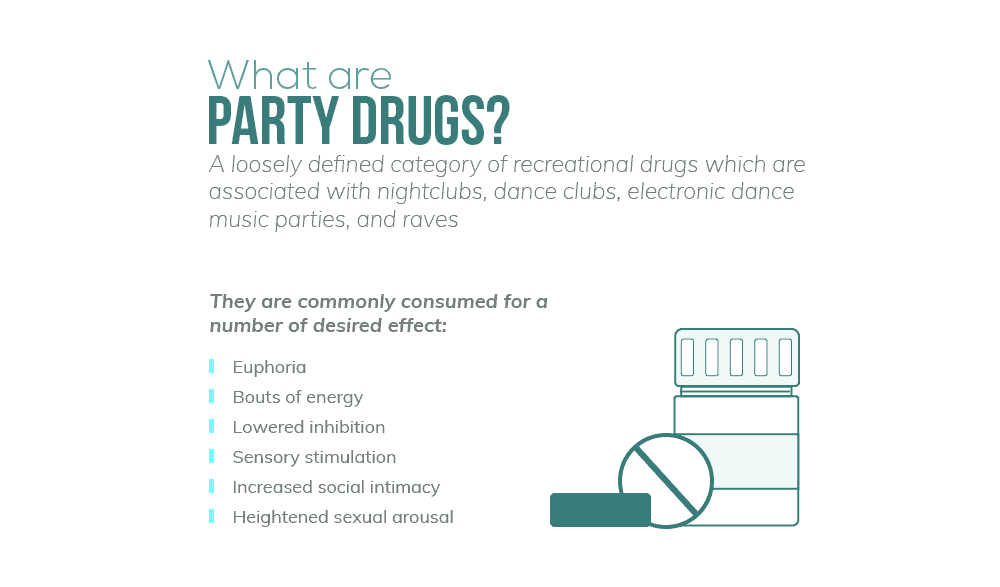
First Things First—What are Party Drugs?
Also called club or rave drugs, party drugs are a loose category of drugs so named because of where they are usually consumed—nightclubs, discotheques, dance parties, and raves. Not surprisingly, party drugs are most popular among the groups who frequent those events—teens, young adults, and the LGBT community. Although each drug differs in specifics, they are commonly consumed for a number of desired effects that are said to enhance the club/party atmosphere, such as:
- Increased social intimacy
- Sensory stimulation from pulsing dance music and flashing lights
- Euphoria
- Lowered inhibition
- Heightened sexual arousal and pleasure
- More energy, allowing users to dance and party longer
They are also often referred to as “designer drugs”, because in most cases, they are synthesized in a laboratory rather than extracted from a plant. Let’s take a closer look at the party drugs that may have played a role in the overdose death of Joel Taylor. 
GHB—Grievous Bodily Harm
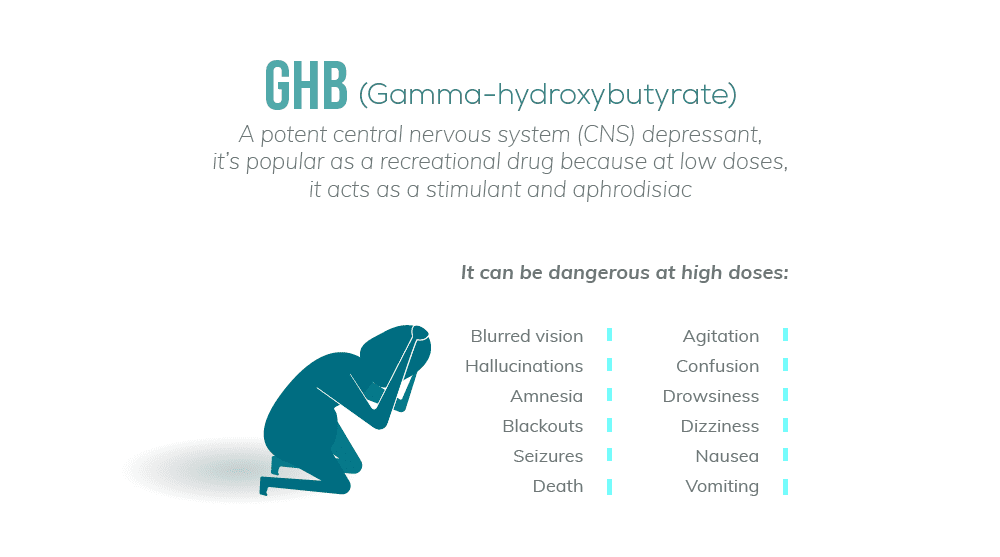
- Agitation
- Confusion
- Drowsiness
- Dizziness
- Nausea
- Vomiting
- Blurred vision
- Respiratory depression
- Hallucinations
- Amnesia
- Blackouts
- Unconsciousness lasting 3 to 4 hours
- Seizures
- Death
Of special relevance, when GHB is consumed with alcohol, the hazards are multiplied. In addition to worsened breathing suppression, the combination of unrouseable unconsciousness and nausea has the potential to be lethal—death by choking on one’s own vomit. Unfortunately, this GHB/alcohol combination is extremely common, because it is clear, odorless, and tasteless. This is precisely why it is also popular as a date rape drug, because it can be slipped into someone’s drink without their knowledge. In addition to the possibility of overdose, GHB can also be dangerously impure. Amateur chemists can make GHB relatively easily using common household chemicals such as drain cleaner, floor stripper, and paint thinner.
Ecstasy—Deadly Vitamin X
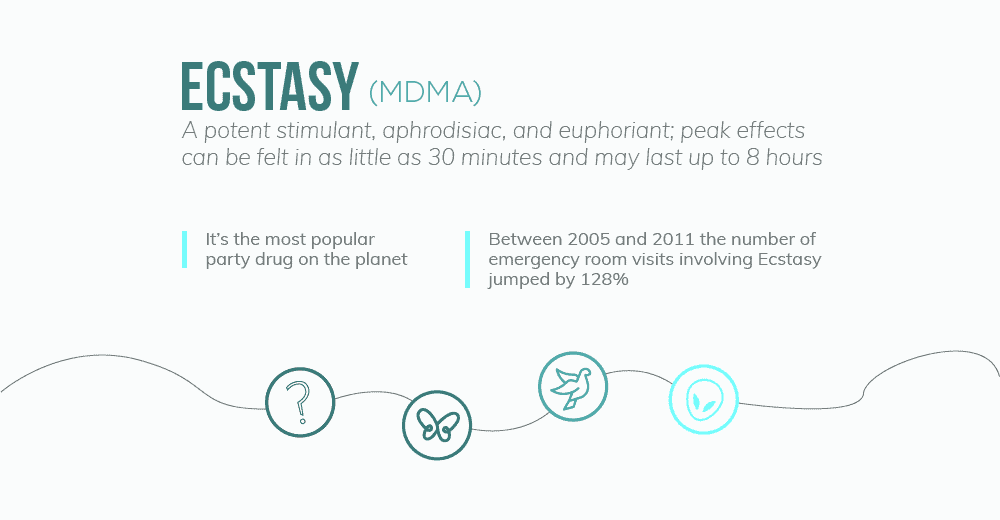
- Panic attacks
- Extremely high blood pressure
- Irregular heartbeat
- Renal failure
- Hyperthermia—elevated body temperature
- Severe dehydration
- Unconsciousness
Annually in America, there are approximately 23,000 ER trips involving MDMA. Scores have deaths have been reported, primarily due to hyperthermia and dehydration. Of special note, because the duration of effects is so long, taking multiple doses can result in a toxic accumulation in the blood, increasing the likelihood of adverse effects. According to the National Institute on Drug Abuse, MDMA abuse is also associated with an increase in risky behaviors—more sexual partners, unprotected sex, and injection drug use.
“We treat both addiction and co-occurring disorders and accept many health insurance plans. Take a look at our inpatient program.”
Ketamine—The Special K That’s Not Good for You
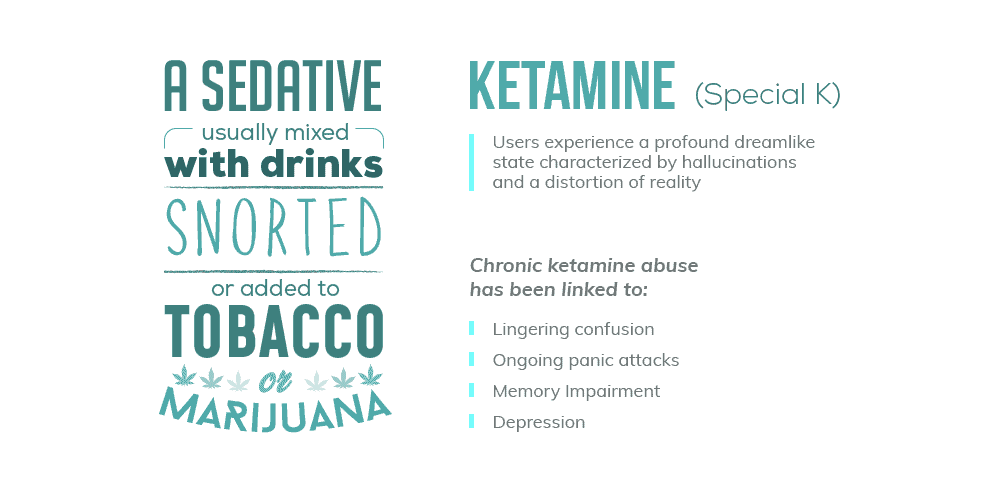
- Lingering confusion
- Ongoing panic attacks
- Memory Impairment
- Depression
Perhaps the most serious side-effect of ketamine abuse is the possibility of severe bladder damage:
- Difficulty urinating
- Increased frequency
- Pressure/Pain
- Incontinence
- Bleeding from the bladder
In extreme cases, ketamine cystitis can require complete surgical removal of the entire bladder.
Cocaine—A Blast from the Past
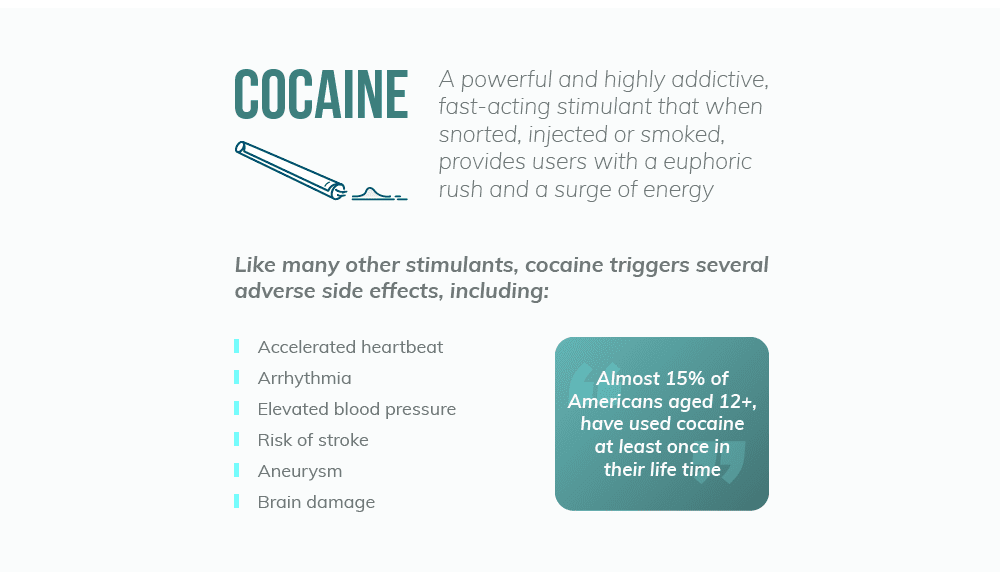
- Accelerated heartbeat
- Arrhythmia
- Elevated blood pressure
- Stoke—a SEVENFOLD increased risk
- Aneurysm
- Brain damage
Cocaine is also highly addictive. The drug begins rewiring pathways in the brain from the very first use. 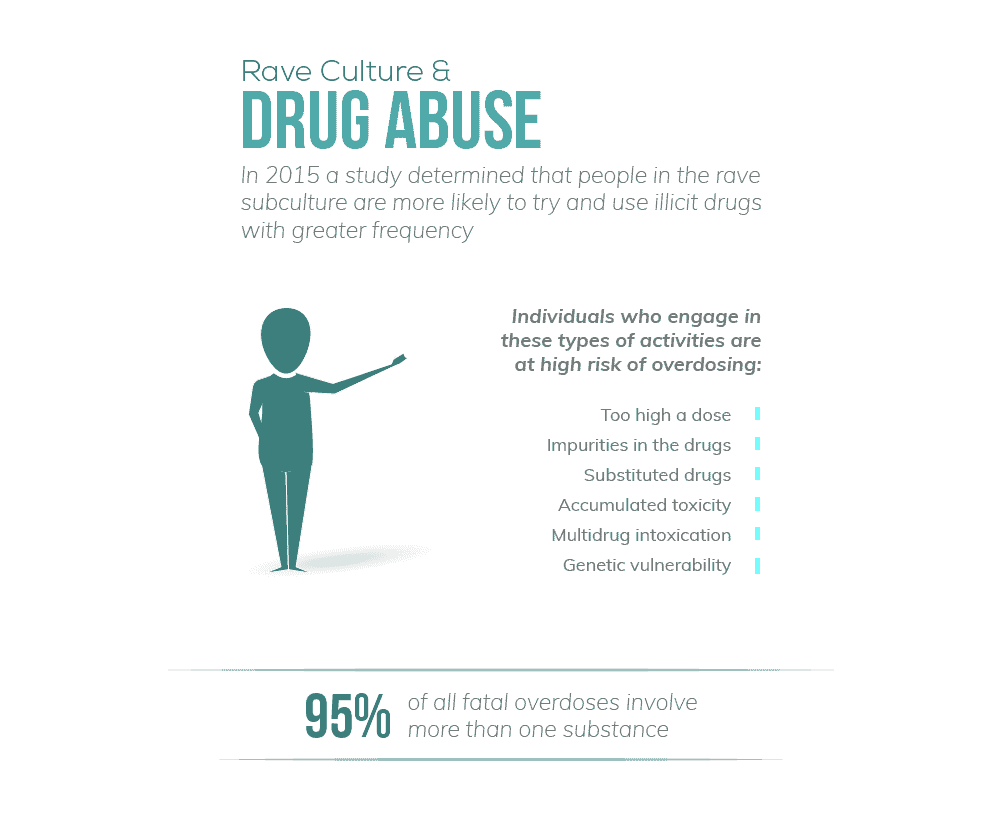
Rave Culture and Drug Abuse
A 2015 study determined that people within the rave sub-culture are more likely to both try illicit drugs and use them with greater frequency than the general population. Pointedly, the more frequent a person attends rave events, the higher the likelihood of drug use. Hispanics, people who live in large cities, and those with higher incomes are at the greatest risk, while females and people with strong religious convictions are at the lowest risk. Interestingly, music preference plays a role—individuals who prefer dance music are more likely to use illicit drugs than those who listen to other genres such as rock, country, funk, etc.
“We accept many health insurance plans. Get your life back in order, take a look at our residential program.”
What Can We Learn from the Overdose Death of Joel Taylor?
The first takeaway from the Joel Taylor’s overdose death is that substance abuse can impact ANYONE—even a successful, famous, and well-regarded celebrity who grew up in small-town Oklahoma. From the outside, Taylor had it all, but none of that kept him safe from the dangers of recreational drug use. Next, we should realize that drug abuse does not happen in a vacuum. There are nearly always warning signs and risk factors that concerned friends and family members can look out for. For example, Taylor was a gay man. While that in itself is not a sign of substance abuse, it IS a risk factor. Specifically, in 2015, the NIDA reported that sexual minorities are more than twice as likely to abuse substances or have an addictive disorder than those people who identify as heterosexual. Just as important, however, is the takeaway that there is no safe level of drug use. Taylor’s overdose could have been due to any of several reasons:
- Too high a dose
- Impurity
- Substituted drugs
- Accumulated toxicity
- Multidrug intoxication—95% of all fatal overdoses involve more than one substance
- Genetic vulnerability
Regardless of the specific “reason”, ANY life lost to drug use is a tragedy that leaves an irreparable hole in the lives of their loved ones. Reed Timmer, Taylor’s co-star on Storm Chasers, had this to say: “I wish we could have just one more storm chase. I’ll miss you forever, Joel. We lost a legend.”
What Did you Think About This Blog?
Give it a Rating!


